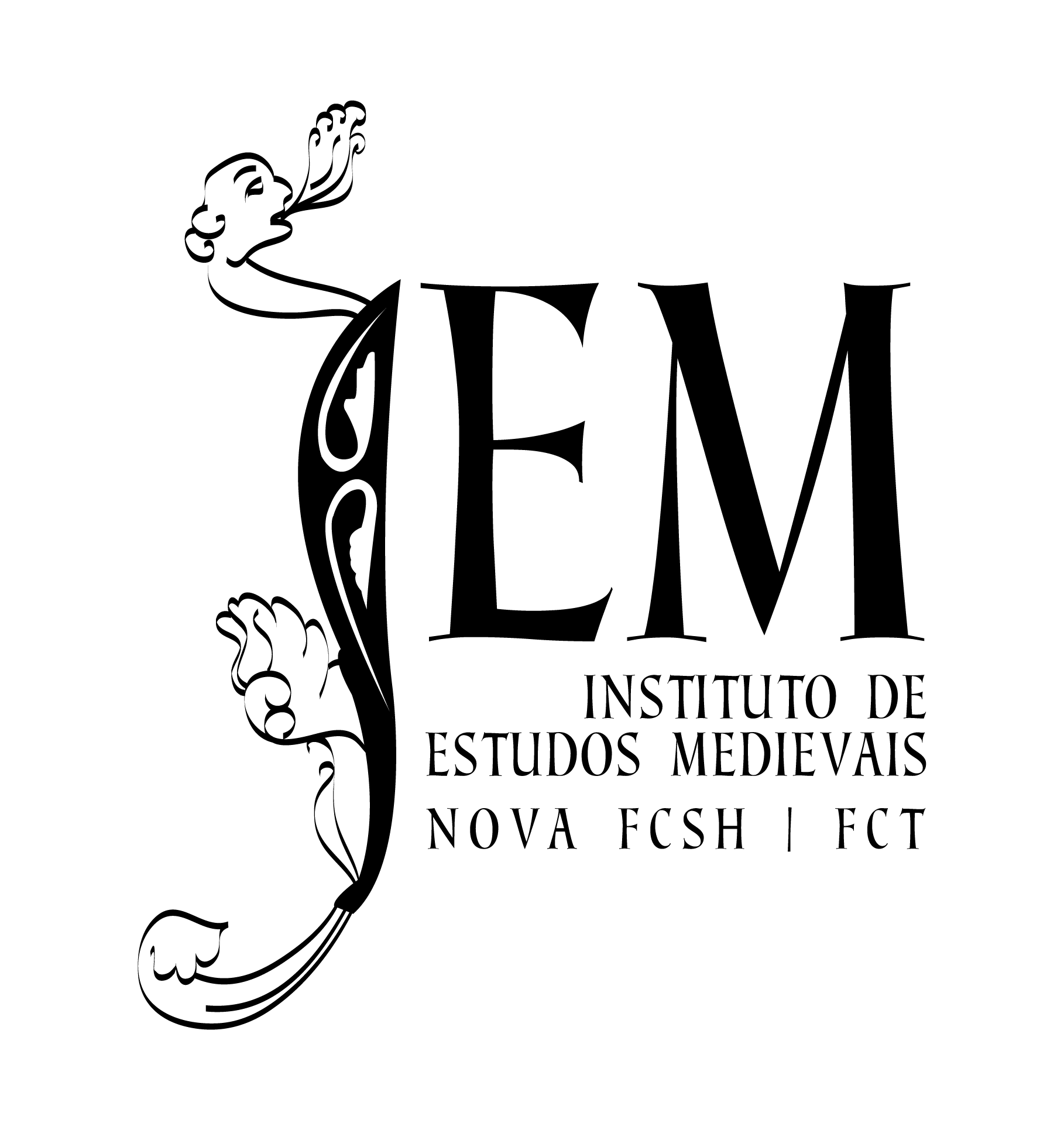Medieval troubadour
Bibliographic notes
Galician troubadour, active in the last decades of the XIIth century and the first of the XIIIth, and who could belong to a lineage based in the place of Mirapeixe, in Outeiro de Rei, in the region of Lugo.His first name raises some doubts. Traditionally named Nuno (a form we also adopted until June 2021), it is plausible, as José António Souto Cabo argues in a recent study (2020), that the correct form is Múnio (which we now adopt). In fact, it is certain, as Souto Cabo points out, that Angelo Colocci expressed some uncertainty when it came to transcribing the troubadour's first name (...). In fact, whether in the Tavola Colocciano or in the attributive rubric that precedes his songs in B, the initial form “Monio” is followed by the clarification “vel Nuno (Fernandiz de Mirapeyxe)", a clarification that could be related to the doubts that, due to its rarity, generated the first of the results (the name Munio being a unique case among the authors present in the songbooks, while Nuno is frequent), Therefore, and taking into account that the Munius form is exactly the one present in the only scripture, until now known, in which the poet's name appears, clearly, associated with three other brothers, this form should be the correct version of his name.
It is from the detailed analysis of that same document, called Noticia da casa da Cruz, and related to a property belonging to the see of Lugo, that Souto Cabo, using still other documents, provides new information on his lineage (which could be integrated into the familiar context of the Monterrosos) and biography. Belonging to the first generation of Galician-Portuguese troubadours, his (and his brothers') connections to the powerful Trava lineage are almost certain, namely to the family group of Rodrigo Gomes de Trava (1201-1261). But Souto Cabo also suggests that the trobadour could be the Munio Fernandes who appears as the mordomo of Count Gomes Gonçalves de Trava (1164-1211), in an unpublished document from the monastery of Cis, dated 1186. His relations with another of the oldest representatives of the Medieval lyricism, Rodrigo Dias dos Cameros, also seem plausible, judging by another document, dated 1199, in which he sells to the Cathedral of Lugo a property received from the mother of Rui Dias, D. Guiomar Rodrigues de Trava. Moreover, Souto Cabo also adds that it is equally possible that the troubadour was a member of the Order of Santiago, if he is the “Munio Fernandi subcomendator´” which confirms a sales document, dated 1226, refering to a house belonging to Airas Peres de Monterroso, comendador of that Order.
Bibliographic references
1
Oliveira, António Resende de
(2001),
O trovador galego-português e o seu mundo
Lisboa, Editorial Notícias
2
Souto Cabo, José António
(2020),
"De illis de Mirapixe: Monio Fernandi. O trovador Múnio Fernandes de Mirapeixe e a sua parentela", in Madrygal. Revista de Estudios Gallegos, 33
Universidad Complutense de Madrid
Access the web page


